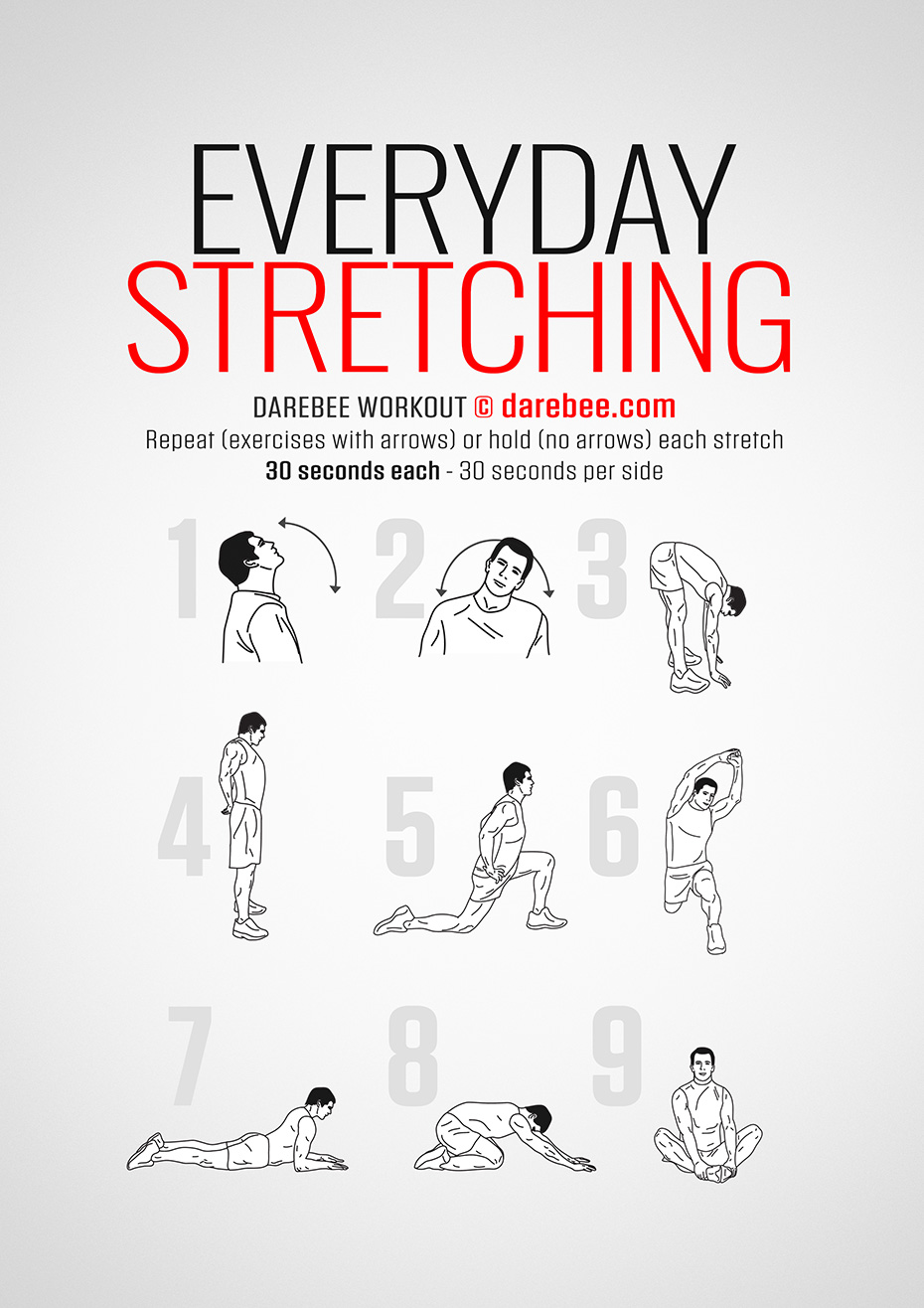Bragging Rights
Explore the latest trends, tips, and stories that make you stand out.
Stretch Your Limits: Flexibility Secrets You Didn't Know
Unlock the hidden secrets to flexibility! Discover how to stretch your limits and enhance your performance with these game-changing tips!
Unlocking Your Body's Potential: 10 Surprising Benefits of Improved Flexibility
Improved flexibility is often associated with athletes and fitness enthusiasts, but its benefits extend far beyond the gym. Unlocking your body's potential through enhanced flexibility can lead to a myriad of surprising advantages. Among these are reduced risk of injury, improved posture, and increased range of motion. By incorporating stretching and flexibility exercises into your routine, you're not only enhancing your athletic performance but also boosting your overall health.
Here are ten surprising benefits of improved flexibility:
- Enhanced athletic performance
- Reduced muscle soreness
- Increased blood flow to muscles
- Improved posture and alignment
- Better balance and coordination
- Enhanced range of motion
- Reduced risk of injury
- Improved circulation
- Increased relaxation and stress relief
- Boosted overall well-being
By focusing on flexibility, you’re actively working towards unlocking your body's potential for a healthier, more active life.

The Science of Stretching: Common Myths About Flexibility Debunked
Flexibility plays a crucial role in overall physical performance, yet misconceptions about stretching often cloud our understanding. One common myth is that static stretching before a workout is essential for preventing injuries. In reality, research has shown that warming up with dynamic movements, such as leg swings or arm circles, is more effective at preparing the muscles for activity. Static stretching can even temporarily decrease muscle strength and power, making it less ideal for pre-exercise routines.
Another prevalent belief is that flexibility is solely determined by genetics, leading many to think they simply cannot improve their range of motion. However, this is a significant oversimplification. While genetics do play a role, consistent and targeted stretching routines can significantly enhance flexibility over time. Incorporating practices like yoga or foam rolling into your fitness regime can lead to substantial improvements in your overall flexibility and movement efficiency.
How to Incorporate Flexibility Training into Your Daily Routine
Incorporating flexibility training into your daily routine doesn't have to be overwhelming. Start by dedicating just 10 to 15 minutes a day to stretching exercises that target major muscle groups. Consider breaking it down into short sessions; for instance, you can perform a quick stretching routine while watching television or during breaks at work. Aim for a combination of static and dynamic stretches to improve your overall flexibility. Here’s a simple guide to get you started:
- Begin with a warm-up, such as light cardio or mobility exercises.
- Incorporate stretches like the hamstring stretch, quadriceps stretch, and shoulder stretch.
- End your routine with a cool-down, focusing on deep breathing to relax your muscles.
As you progress, try to integrate flexibility training into other activities throughout your day. Whether you’re commuting, standing in a queue, or even cooking, seize the opportunity to stretch. Mindfulness can also play a role; consider adding yoga or Pilates to your weekly schedule. These practices not only enhance flexibility but also promote a sense of well-being. Remember, consistency is key. By making flexibility training a part of your everyday life, you’ll build endurance, improve your range of motion, and reduce the risk of injuries over time.